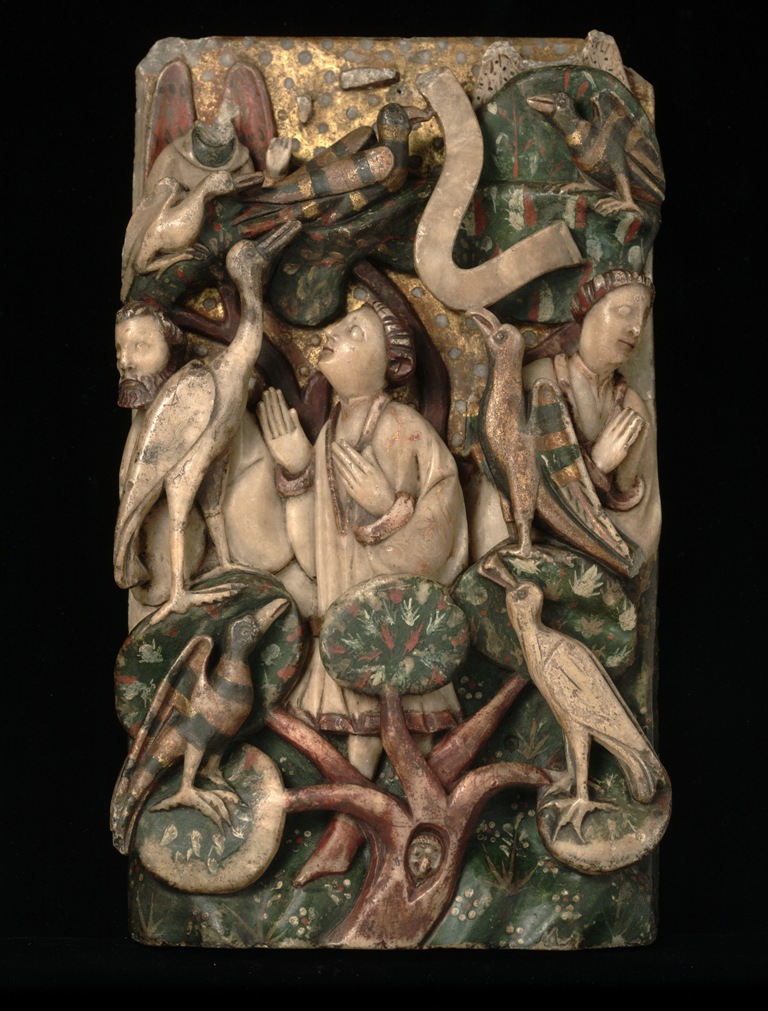It was big news in the museum world when the New York Times reported that a rare exhibition of Donatello, considered by some to be the finest sculptor of the Renaissance, was coming to New York City. But the venue for Sculpture in the Age of Donatello: Renaissance Masterpieces From Florence Cathedral (on view from February 20 through June 14, 2015), will not be the Metropolitan Museum of Art or the National Gallery in Washington, but rather the tiny Museum of Biblical Art (MOBiA), on Broadway and 61st Street. The exhibition will coincide with the 10th anniversary of the museum’s founding, and the palpable incongruity between the show and its surroundings will be like having the Rolling Stones show up for some sweet sixteen party.

The Museo del Duomo in Florence is currently undergoing renovations and the major museums that were approached with the exhibition felt that they would not have enough time to mount it properly. And so it comes to MOBiA, one of the worthiest if least known museums in New York City. Indeed, it is so little known that the Times did not mention in its article, or anywhere else, that the museum’s current exhibition is the stunning Object of Devotion: Medieval English Alabaster Sculpture from the Victoria and Albert Museum. This travelling exhibition, which was assembled by Art Services International, will remain up through 8 June.
Shows at MOBiA consist of devotional art, mostly Christian, but occasionally they range farther afield, exhibiting everything from ancient earthenware lamps of the Holy Land to contemporary artistic responses to scripture. The present exhibition is focused on a pale and vibrant stone that once inspired some very talented artists, most of them anonymous. What marble was to the quarries of Cararra and travertine to the sedimentary deposits around Rome, alabaster is to England’s Midlands. But because it is cheap and abundant, and because it is soft enough to be fairly easily sculpted, its artifacts were relatively cheap to make and were distributed throughout Western Europe in the period between 1370 and 1530, when Henry VIII broke with Rome and devotional images largely ceased to be made in England. These sculptures, to judge from the 60 works in the present show, were rather small, roughly the size of a cabinet painting, one to one and a half feet squared. There is a lustrous beauty to the stone itself, as well as considerable ingenuity in the way in which the medieval masters have fashioned it into Depositions and Crucifixions and depictions of the lives of saints. They have endowed the abundant figures with energy and even individuality. Sometimes the stone is enhanced with gilt, sometimes with polychrome; but it is fully capable of speaking for itself, as is usually the case in the works exhibited at MOBiA.
Given its small size , and the fact that it is accessed by climbing a winding flight of stairs, MOBiA will certainly find it a challenge to accommodate all the interest that it will soon generate, once the Donatellos start to arrive. For now, things are much quieter: on the two weekdays when I visited the alabaster show, I and the guard were the only people there.

